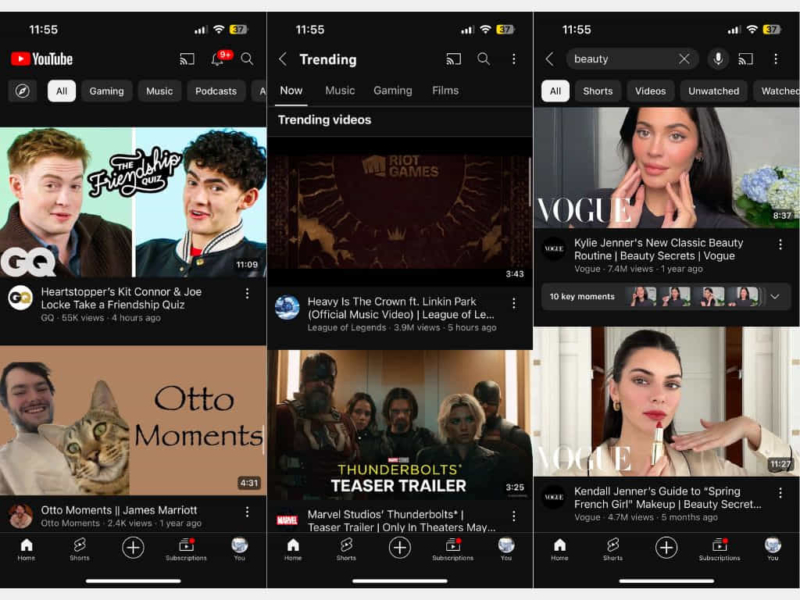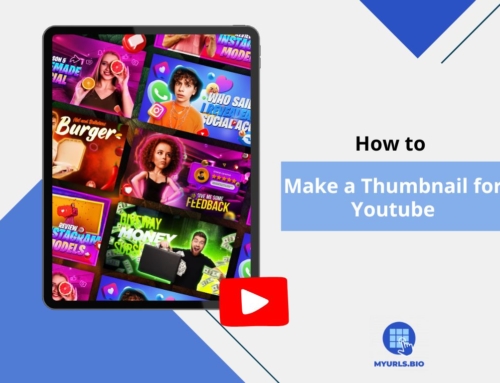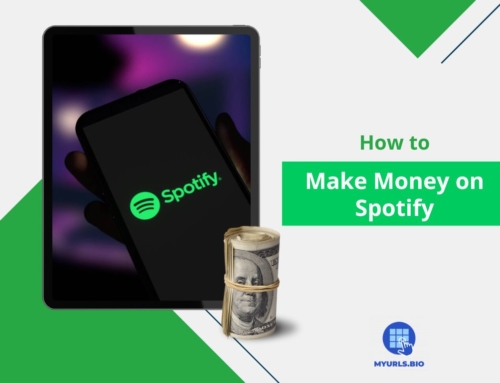If you’re trying to make it as a YouTuber, you’re probably familiar with the phrase ‘YouTube Algorithm’. Simultaneously feared and loved, this algorithm pretty much determines the outcome of your career on the platform.
So, if you’re looking to get more views on YouTube or grow your channel in general, you will need to learn how the YouTube algorithm works. First, let’s take a look at exactly what the algorithm is.
Table of Contents
What Is the YouTube Algorithm?
An important part of every social media platform’s function is its algorithm. Platforms need to get content to their users and don’t do this randomly. The algorithm predicts what each user would enjoy watching and proceeds to offer it to them.
History
YouTube was one of the first platforms that came up with an algorithm. The goal has always been to recommend ‘good’ videos to users because the problem was determining which videos are good. Accordingly, they came up with the first solution, which was relying on views.
The more views a video has, the better it is. So, YouTube started recommending videos with more views to more people. However, this caused creators to use tags that were unrelated to their videos, to gain more views.

In 2012, YouTube decided that their system was too inefficient. Therefore, they mentioned a new metric called YouTube watch time. Based on this metric, the longer your video was, the more likely you were to get recommended to viewers.
As you can guess, this didn’t go particularly well either. Creators started focusing on quantity over quality, and the general standard of YouTube dropped.
The 2012 algorithm caused a lot of mental health struggles for creators as well. It had become a common occurrence for your own subscribers to miss your videos because YouTube wasn’t recommending it to them due to the new algorithm.
So, the platform pivoted once more, this time towards individuality. Instead of marking certain types of videos as ‘good,’ YouTube decided to perform individual surveys. The focus shifted to what each user might like rather than a one-for-all format. This is the current YouTube algorithm.
YouTube Algorithm in 2024
Currently, tags, views, watch time, and retention are all factors the algorithm takes into consideration. This AI algorithm is focused on what each individual will enjoy. However, between your video and another one with the same themes, the longer and more viewed one will most likely be recommended.

How Does the YouTube Algorithm Work?
So, how does this personalized suggestion system work exactly? In order to understand how your videos will be received, you need to imagine yourself as a consumer of content rather than a creator of it.
There are three main sections to the YouTube algorithm. These are built through the main changes made in the algorithm since it was established. Most of today’s recommended content is heavily personalized.
The main three sections of the algorithm are:
- Home page and suggested videos (Solely recommended content)
- Trending Content
- Personalized search results

Each of these three parts is heavily affected by the algorithm and is now personalized, except for the trending content. So, let’s look at all of these sections in detail.
1. Home Page and Suggested Videos
This is the most individualistic part of the YouTube algorithm. Every video that’s suggested to you or is put on your home page is based on your own user behavior. This includes the content you’ve liked, your Google searches, the creators you follow, and even the thumbnails you’ve lingered on more than usual.

There is not much you can do to have your content on someone’s home page. If your video performs well and gets the attention necessary, it will be shown on the home pages of people who watch similar content.
As for the suggested videos, these are typically offered to keep someone on the platform. Your content will be suggested because of similar creators, similar themes, or similar categories. Again, the most you can do to affect this section is make a good video.
2. Trending Content
This is the only non-personalized part of the YouTube algorithm. In short, trending is about how many views, likes, and watch hours your video gets. It doesn’t end there, though. What is trending is in comparison with your own videos.

That means if your videos typically get 5 million views within 12 hours, you will need to get double that for it to go into trending. This is why big creators who regularly get over 10 million views aren’t always featured on the trending tab.
3. Personalized Search Results
You’ll be surprised to know that if you and your friend search the same phrase, you will not get the exact same results. This is because YouTube personalizes your search for your taste. This is mostly done so you get results you’re more likely to be interested in.

Here, you can see two different results from the same search. This personalization is based on your other searches, your subscriptions, your liked and disliked videos, and your responses to YouTube’s surveys.
YouTube Algorithm Tips and Tricks
While no one really knows how YouTube’s algorithm exactly works, there are a few things you could do to make the algorithm like you more. Let’s take a look at some of these tips and tricks.
1. SEO Elements
SEO stands for Search Engine Optimization. YouTube’s search function is similar to that of a search engine. This means the platform combs through content with words similar to or related to what you have searched for to give you the best results.
By using words and combinations that are more likely to get searched, you’re more likely to pop up as a search result. This means you’re more likely to get views and get more subscribers as well.
2. Predict Trends
We’re not recommending you go to a palm reader to predict future trends. However, you have tools such as Google Trends that allow you to see what’s on the rise and what won’t be popular soon. This tool is free and available globally.
3. Thumbnails and Intros
Another important part of hooking your audience is with a good thumbnail and intro. As YouTube is already filled with unlimited hours of content, you don’t get too many chances to stand out.
Thumbnails and intros are the only few seconds that you get to stand out, so make sure you introduce the most interesting parts of your video as soon as possible.
4. Optimize Watch Time
As we already mentioned, YouTube values how long you can keep a user on the platform. This means the longer your video is, the more the algorithm likes it if it continuously retains attention.
5. Share Your Videos
Due to how different platforms work, you are far more likely to go viral on TikTok rather than YouTube. So, sharing snippets of your video on TikTok or Instagram can bring in more views, and more views will bring in more favors from the algorithm.
For example, there are several ways to share YouTube videos on Instagram, such as adding a link to the Instagram story.

More tips are speculated to be helpful in your war against the algorithm. However, what we know for certain is that the YouTube algorithm likes you when people like your content.
Conclusion
Since the first introduction, the algorithm has been plagued by numerous issues. Today the adjustments have made both the creators and the users, happier with how this platform functions. We hope this article has helped you gain a better perspective on how you can use the YouTube algorithm to your advantage.
FAQs
1. How Do I Control My YouTube Algorithm?
The general idea is that YouTube will know what you like, despite your best efforts. This is because the platform is owned by Google and a lot of your data is available to Google. You could control some aspects of the algorithm by participating in surveys, but you can’t hide much from YouTube.
2. Does The YouTube Algorithm Hate Short Videos?
No. Although the algorithm usually prioritizes videos over 12 minutes, YouTube shorts still have a chance to go viral. However, the general idea is longer videos get better results.









